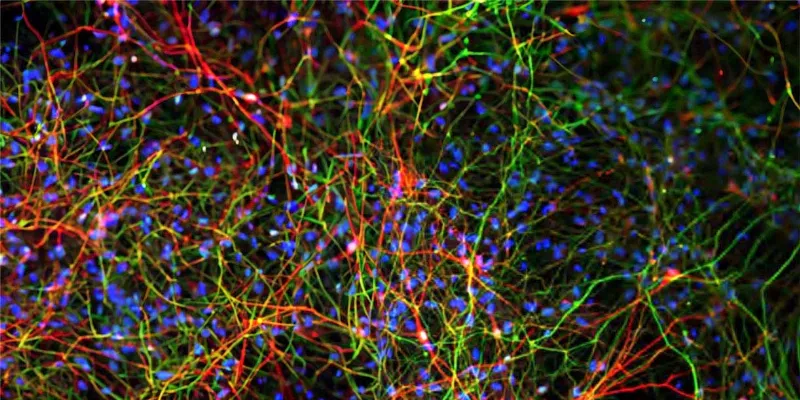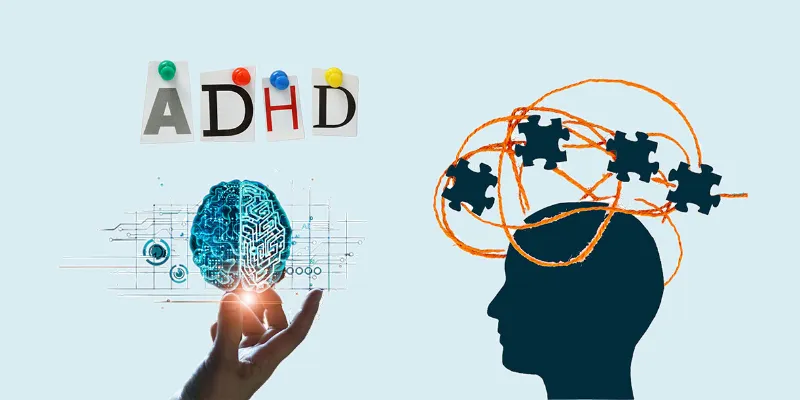Milestone in Alzheimer's Research: Human Neurons Generated from Stem Cells


Neurology |
20 November 2023
In a groundbreaking study, University of Wisconsin-Madison scientists successfully generated human norepinephrine neurons from stem cells, uncovering the role of ACTIVIN-A protein. This breakthrough, published in Nature Biotechnology, has significant implications for the research and treatment of neurodegenerative diseases such as Alzheimer's and Parkinson's.
The team, led by Yunlong Tao, formerly of UW–Madison and now at Nanjing University, and Su-Chun Zhang, a UW–Madison professor of neuroscience and neurology, focused on a specific type of brain cell - the locus coeruleus norepinephrine (LC-NE) neurons. Their research could revolutionize the approach to these conditions with enhanced disease models.
These cells are pivotal in regulating vital functions such as heartbeat, blood pressure, and memory and are believed to deteriorate early in neurodegenerative diseases. They may enable research into many psychiatric and neurodegenerative diseases and provide a tool for developing new ways to treat them.
The Role of ACTIVIN-A
The researchers identified ACTIVIN-A, a protein crucial in regulating neurogenesis in human norepinephrine neurons. This breakthrough allowed them to steer the development of human pluripotent stem cells into LC-NE neurons. These neurons demonstrated key characteristics, including norepinephrine release, axonal arborization, and reaction to carbon dioxide - essential for breathing control.
Yunlong Tao, the first author of the study, stated,
“People have noticed this for a long time, but they don’t know what the function of the locus coeruleus is in this process. And partly because we don’t have a good model to mimic the human LC-NE neurons. We have some new understanding about locus coeruleus development. That’s the major finding in this paper, and based on that finding, we are able to generate locus coeruleus norepinephrine neurons.”
Implications for Research and Treatment
The availability of these neurons opens new pathways for studying psychiatric and neurodegenerative diseases. It allows scientists to develop more accurate models for disease, facilitating drug discovery and a better understanding of why these cells are among the first to die in conditions like Alzheimer's and Parkinson's. Furthermore, these LC-NE cells could potentially be used in stem cell therapy, offering a revolutionary approach to treatment.
The team plans to delve deeper into how ACTIVIN-A regulates LC-NE neuron development. Their goal is to use these cells for translational work, including drug screening and disease modeling, which could lead to significant advances in treating neurodegenerative diseases.
This pioneering work not only enhances our understanding of the human brain but also marks a critical step towards developing effective treatments for some of the most challenging neurological disorders. As these findings unfold, they could herald a new era in neurodegenerative disease research.
Abstract of the research
Generation of locus coeruleus norepinephrine neurons from human pluripotent stem cells
Abstract: Central norepinephrine (NE) neurons, located mainly in the locus coeruleus (LC), are implicated in diverse psychiatric and neurodegenerative diseases and are an emerging target for drug discovery. To facilitate their study, we developed a method to generate 40–60% human LC-NE neurons from human pluripotent stem cells. The approach depends on our identification of ACTIVIN A in regulating LC-NE transcription factors in dorsal rhombomere 1 (r1) progenitors. In vitro generated human LC-NE neurons display extensive axonal arborization; release and uptake NE; and exhibit pacemaker activity, calcium oscillation and chemoreceptor activity in response to CO2. Single-nucleus RNA sequencing (snRNA-seq) analysis at multiple timepoints confirmed NE cell identity and revealed the differentiation trajectory from hindbrain progenitors to NE neurons via an ASCL1-expressing precursor stage. LC-NE neurons engineered with an NE sensor reliably reported extracellular levels of NE. The availability of functional human LC-NE neurons enables investigation of their roles in psychiatric and neurodegenerative diseases and provides a tool for therapeutics development.











Comments
No Comments Yet!